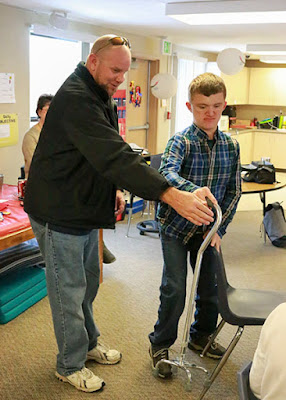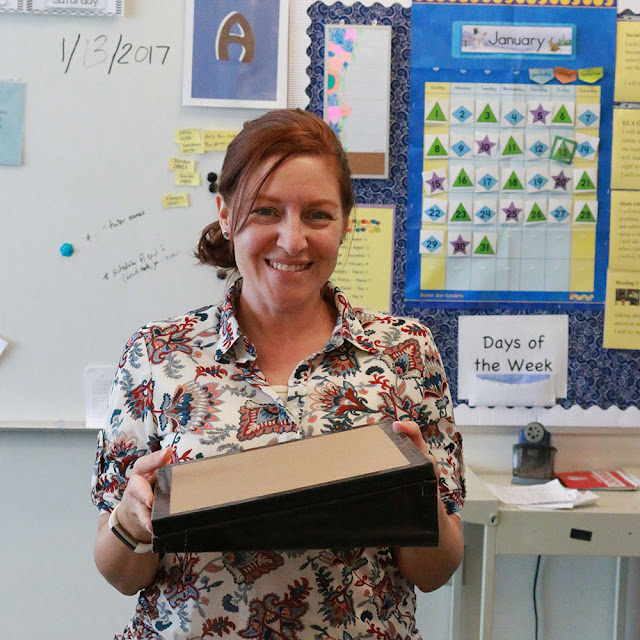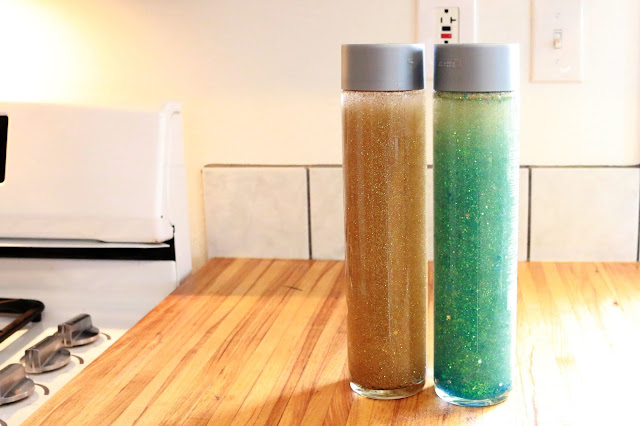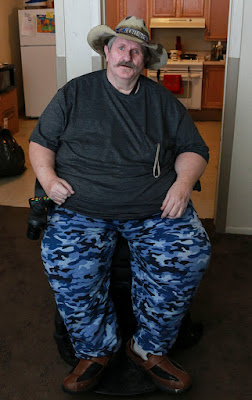How 1 project brought together 3 USU campuses, 2 AT labs & one family
 |
| USU-Eastern Students Brycee Sells and Shiyenne Yazzie start work on a sensory board during a visit to USU-Logan. |
VERNAL--Andrea Johnson learned a year ago that her son, an energetic and adorable two-and-a-half year old boy named Traxten, had autism. She started applied behavior analysis therapy for him, but wanted to do something that would also help him work through some of his sensory issues.
“He’s got to be moving,” she said. “If he loses interest in
one thing, he moves on to another.”
She followed a Facebook page for families of children with disabilities, and noticed
Cameron Cressall, coordinator of the AT Lab in Roosevelt, was posting there.
She reached out to him to see if the Utah Assistive Technology Program at Utah State University could
help.
As it turned out, it could, starting with the AT lab on the
Logan campus. That lab hosted two students, Brycee Sells and Shiyenne Yazzie,
from the Utah State University campus in Blanding. They arrived in Logan as part of the four-week summer Native American STEM Mentorship program.
There, the Logan AT Lab put them to work building a sensory board.
The project started with a sturdy cabinet, built by the
visiting students. From there it was transported to Roosevelt, where lab
coordinator Cressall attached some items that would help Traxton explore—things ranging from
a little electric light to a stretchy rubber chicken. Then it went to the Johnson home in Vernal.
Traxten liked it right away, Andrea said, but she also knows that his interests are rapidly changing. (He is now three and a half years old.) The board’s design allows for that, too. “As Traxten grows, it grows with him, so we can add different things that he will be interested in two years from now,” she said.
Traxten liked it right away, Andrea said, but she also knows that his interests are rapidly changing. (He is now three and a half years old.) The board’s design allows for that, too. “As Traxten grows, it grows with him, so we can add different things that he will be interested in two years from now,” she said.
And when Traxten grows out of it altogether, that won’t be
the end of the story. “It’s durable,” Cressall said. “We can always donate it
back to the program and find another child to give it to.”
The Logan and Roosevelt AT labs and the Utah Assistive Technology Program are part of the Center for Persons with Disabilities.
The Logan and Roosevelt AT labs and the Utah Assistive Technology Program are part of the Center for Persons with Disabilities.
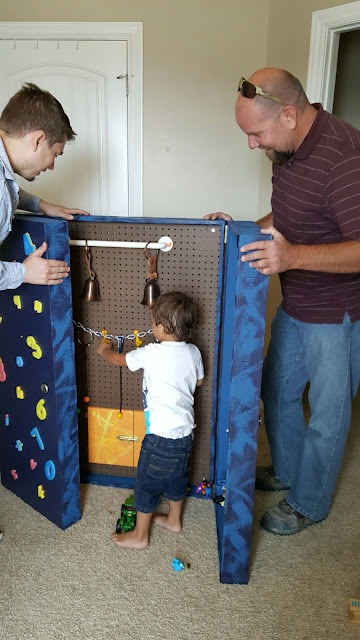 |
| Traxten tries out his new sensory board. |
